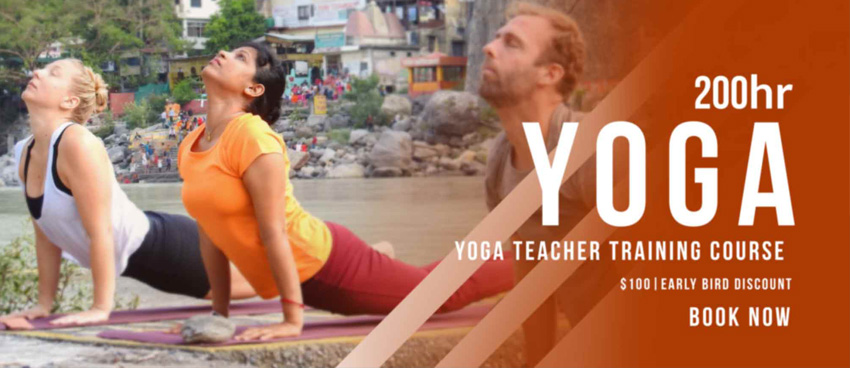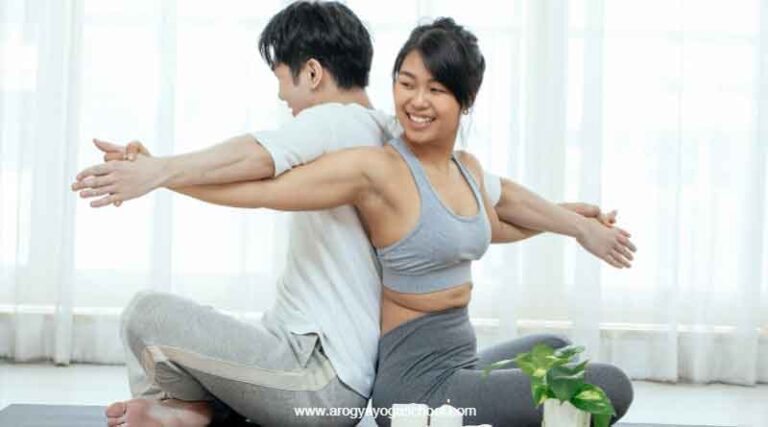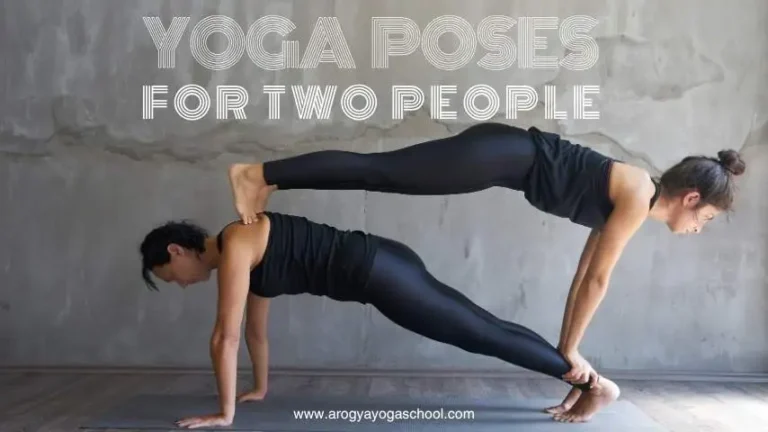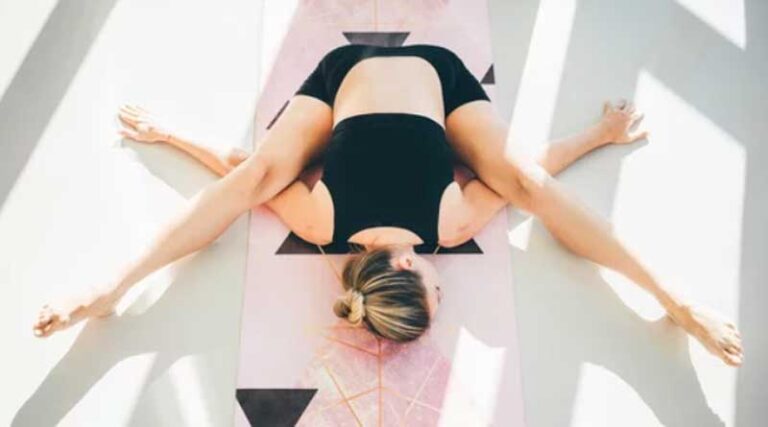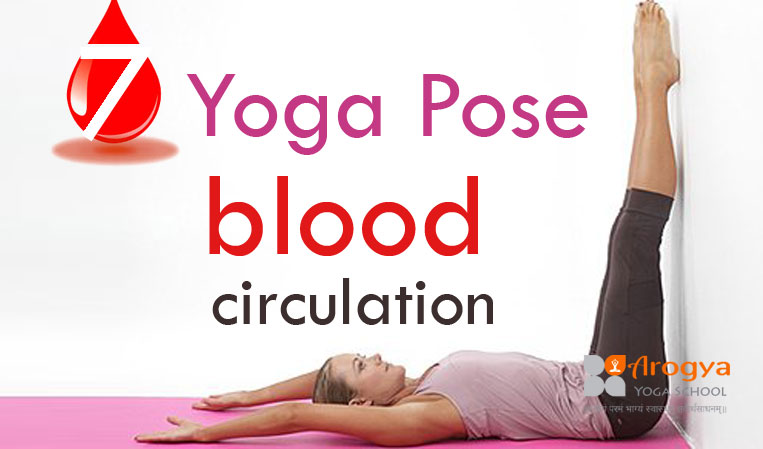
Yoga for Blood Circulation
A healthy circulation supports every system of the body. It is vital for oxygenation, removal of waste products, regulation body temperature and support. Poor circulation can cause fatigue, cold feet and hands, muscle cramps and other health problems.
Yoga is a holistic and natural way to improve blood flow. Yoga promotes maximum circulation in all parts of the human body, from the heart, lungs, brain, and limbs.
How Yoga Improves Circulation
Yoga improves blood circulation by:
- Inverted positions that utilize gravity to aid blood flow to the brain and heart
- Stretching and compressing muscles and blood vessels to boost circulation
- Deep breathing that supports the cardiovascular system and increases oxygen intake
- Relaxation Techniques to reduce stress. Stress is a major factor in poor circulation.
Yoga, which combines physical postures, conscious breathing, and mindfulness, not only increases blood flow, but also balances your nervous system. This leads to a more efficient heart and healthier blood vessels.
One of the most important functions in the body is the circulation of blood. This supplies blood, oxygen and nutrients to the brain and other organs. Good circulation promotes healthy skin, cell growth, energy and cognitive ability. Poor circulation may cause numbness, dizziness, nerve damage, tissue damage, muscle cramps, blood clots, varicose veins and can lead to peripheral artery disease (PAD).
Virabhadrasana – Warrior Pose –
Warrior pose for improving blood circulation. Warrior pose stretches the muscles of arms, shoulders, neck, legs, and groin favoring muscle contraction and relaxation. Such tone up muscles encourages circulation. Furthermore, the joints of the legs, the waist and those of spinal cord and neck get curved exactly in opposite direction, regulating the blood circulation in those joints.
Salamba Sarvangasana – Shoulder Stand –
Shoulder stand pose for improving blood circulation. Shoulder stand is a part of Hatha yoga, where all pressure is exerted on the neck, shoulders and back of the head. As the body remains straight from feet up to shoulder with legs at the 90- degree angle from the floor, blood flows from lower part of the body towards heart for oxygenation. Peculiar shoulder stand position improves supply of fresh blood to the brain, eyes, ears, nose and throat.
Viparita Karani- Leg’s Up Pose –
Legs up pose for improving blood circulation. Inverted body position with leg’s up is just opposite to our normal standing or sitting posture. Gravity effect pushes impure blood from legs and pelvis towards heart and improves circulation.
Uttanpadasana with Both Legs
Uttanpadasana with Both Legs for improving blood circulation. Vertical position of both legs stretches thigh muscles facilitating blood circulation. In this pose, you raise both legs up without the support of a wall.
Shavasana- Corpse pose –
Shavasana improving blood circulation. Shavasana is one of the best relaxing poses, where a body looks like a dead body. Whenever a body is in action, it requires more oxygen, which is gained through increasing circulation. Increased circulation favors increase in respiration.
Deep Breathing
While breathing in, the diaphragm, a major respiratory muscle is pulled down. This minimizes the chest pressure and increases abdominal pressure. An increased abdominal pressure compresses the abdominal veins, a type of blood vessels and pushes blood upward in chest and heart.
– While breathing out, the diaphragm reverts back in its normal position, which minimizes abdominal pressure. Reduced abdominal pressure drains blood from both legs toward abdomen and improves venous return to the heart.
Kapalbhati – Skull Shining Breath
Kapalbhati improving blood circulation, Kapalbhati, a process of fast exhalation and jerky inhalation is another type of breathing useful in maintaining a flow of blood. Peculiar exhalation and inhalation contracts and relax the abdominal muscles and diaphragm.
Unlike in deep breathing, during exhalation, blood is pushed from an abdomen upward in the heart. While in inhalation, the blood from legs drain into abdomen and go to the heart in next round.
Breathing Exercises & Relaxation Methods for Better Blood Flow
- Palming (Eye Relaxation Method)
This technique is not only beneficial for your eyes; it also helps to relax your facial muscles and eases eye fatigue. This relaxation promotes better blood flow to your brain and face.
How to do it:
- Rub your hands together to generate warmth.
- Close your eyes and gently place your hands over them.
- Take deep breaths for 2 to 3 minutes.
- Enjoy the soothing darkness and warmth on your face.
- Facial Yoga – Eye Squeeze & Release
This facial yoga exercise can help improve issues like nocturnal lagophthalmos by enhancing circulation around the eye muscles.
How to do it:
- Close your eyes tightly for 3 seconds.
- Relax and repeat this 5 to 10 times.
- This strengthens the muscles and boosts blood flow in that area.
- Bhramari Pranayama (Bee Breathing)
This breathing technique calms the body, lowers blood pressure, and enhances the circulation of oxygen-rich blood.
How to do it:
- Sit comfortably and close your eyes.
- Inhale deeply.
- Slowly exhale while humming “mmm”.
- Repeat this for 5 to 10 rounds.
Benefits of Yoga for Better Blood Flow:
- Enhances heart health and strengthens blood vessel walls.
- Improves oxygen supply to organs and tissues.
- Boosts energy levels and reduces tiredness.
- Alleviates swelling in legs and feet.
- Aids in brain function, focus, and concentration.
- Relieves tension in muscles and joints.
Yoga can also help prevent issues relate


